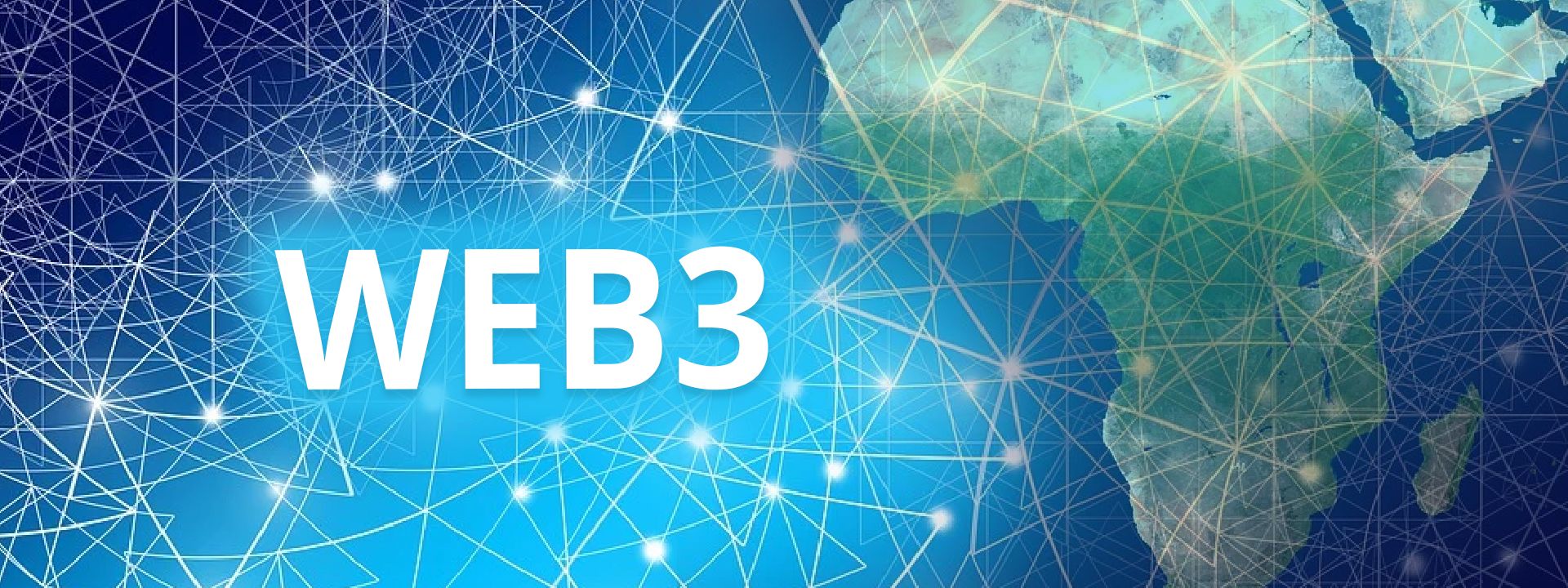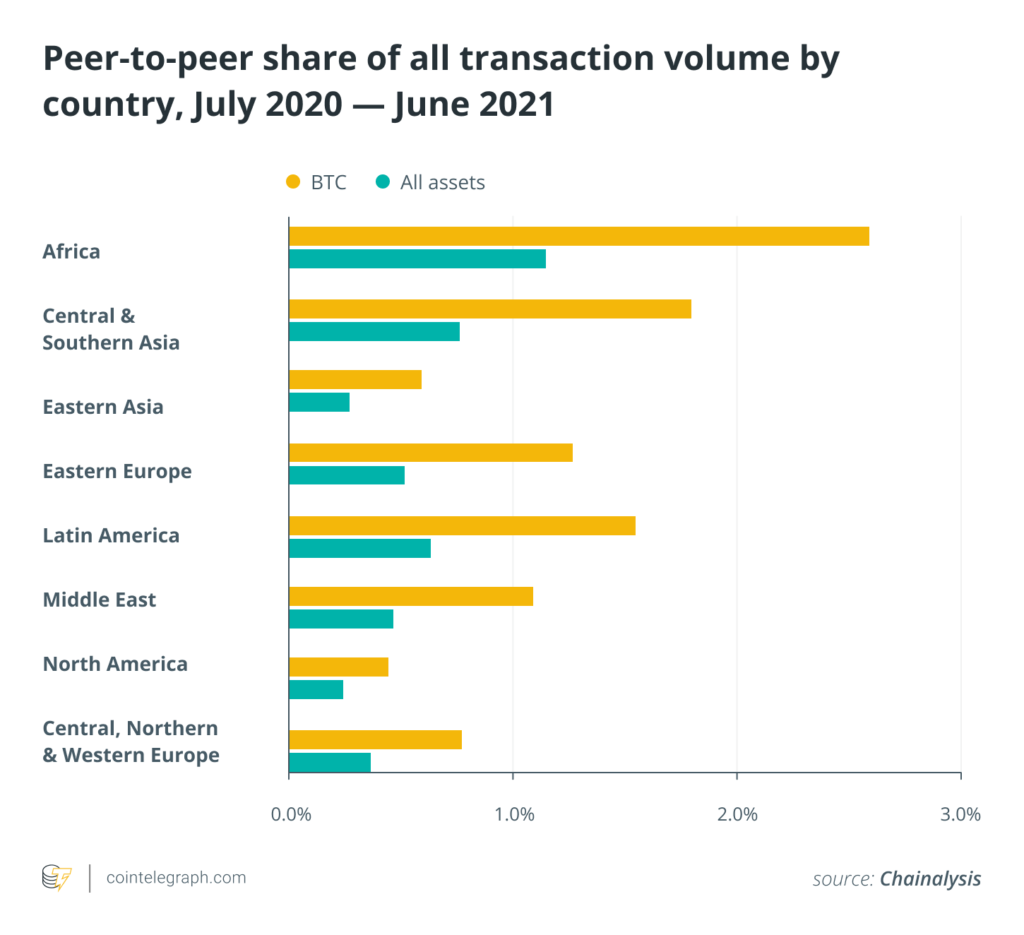Africa’s Disrupt Story: The Case of Web3 Adoption in the Region

As Africans strive to build an entirely new tech ecosystem built on Blockchain, the region edges closer to a more decentralized financial system that strengthens financial freedom. About 2 decades ago, the idea of E-commerce and Fintech was but a mere wish in the region. Today, Africa has joined the rest of the world in the discussion of tech waves in the global tech space. Web3 adoption is not a dream, Africa is already living it.
Web3 was coined in 2014 by Gavin Wood— also the creator of Ethereum. Wood believed that the latest version of the web will reshape organisations. This will include money, value, rights, the internet, and even liberal democracy.
Web3 and Blockchain adoption in Africa can be likened to the enthusiasm of a toddler that just discovered he could walk. With its ever-growing tech savvy population, Africa is positioned to become the breeding hub for Web3.
Data from Chainalysis showed that between July 2020 and June 2021, the value of Africa’s crypto market surged by more than 1,200%. Africa had the world’s third-fastest growing cryptocurrency economy during that time, thanks to particularly high Web3 adoption rates in Kenya, South Africa, Nigeria, and Tanzania. More Web3 adoption data also showed that Africa had the highest share of peer-to-peer crypto transaction volume in the world. Inspite of administrative policies, African crypto users/customers progressively found ways around.

In September last year, Africa Report released that Africa’s crypto market reached a significant milestone. In the period, sub-Saharan users achieved more than $80 million in cryptocurrency holdings – more than the total of U.S. users. As crypto trading increases in Africa, so does leading Blockchain networks announce new Africa-focused initiatives.
African Government and Web3 Adoption
One of the most enticing things about Web3 is its strong financial implications. The financial freedom it promises advocates it prominence among Africa’s population. NFT has benefited African artists, as well as others around the world: Nigerian artist Jacon Oshinachi sold three NFTs worth $70,000 in just ten days. South African artist Norman O’Flynn sold the country’s first-ever NFT for around $35,000 in March. Kenyan marathon runner Eliud Kipchoge sold highlights of his career as NFTs for $50,000 in April.
The financial infrastructure and currency stability challenges in Africa makes Web3 adoption necessary. Even the continent’s most powerful currencies, such as the South African Rand is among the most undervalued in the world. As a store of value, Crypto (in USDT) will provide a more secure method of storing and sending money for the region.
The high percentage of “retail-sized” (less than $10,000 in value) crypto transfers done in Africa, according to a 2020 Chainalysis research, demonstrates crypto’s utility for remittances on the region. The same survey identified a high volume of crypto transactions between Africa and East Asia, owing to a more effective manner for African enterprises operating in the region to conduct commercial payments, as well as the big number of Asian employees in Africa who send money home.
African startups with Web3 missions have caught the eyes of global investors over these past months. Fundraises by Nestcoin, Africa Blockchain Center and Jambo as among the key examples here. These startups will go ahead to hire hundreds of designers and developers to build out these ideas.
African governments remain important actors that can stimulate or impede the emergence of Africa’s Web3 economy. At the moment, they seem skeptical. But we hope they come to realize what good Web3 adoption will bring.
